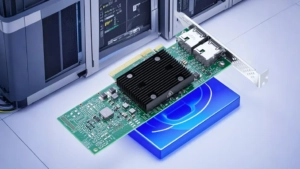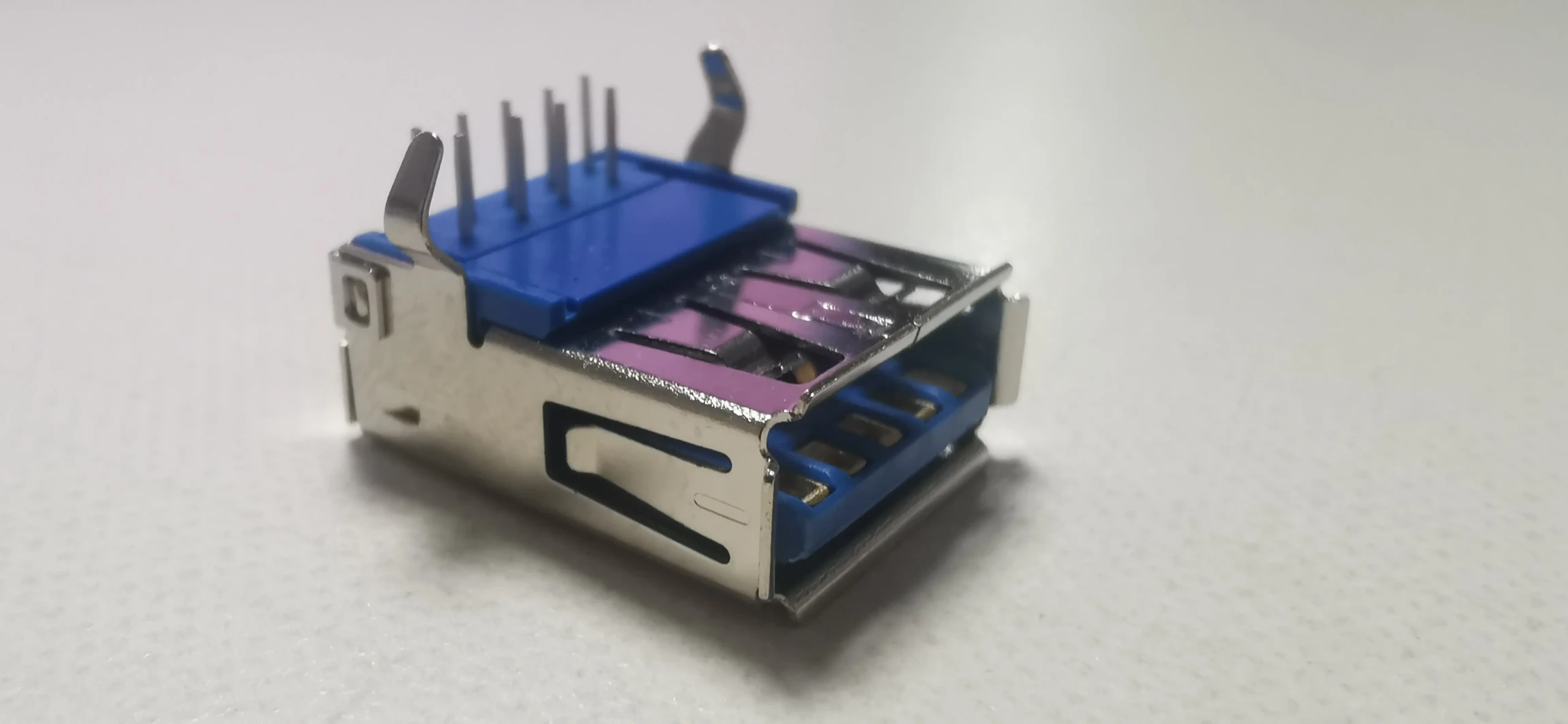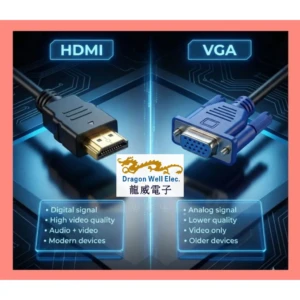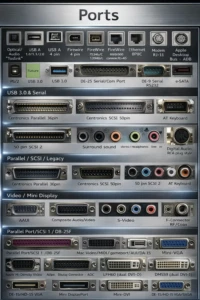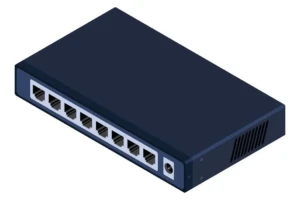There are few standards that demonstrate the endurance of USB 2.0 when discussing digital connectivity, especially in high-value ecosystems for precision and legacy issues. Despite newer protocols, this workhorse interface still embeds everything from luxury audio systems to custom car interiors. At NASA and Dyson’s Dragon Well Electronics, where we designed connectivity solutions, we learned that real innovation is often before mastering the underlying technology before chasing the trend.
Anatomy of USB 2.0 performance
The theoretical maximum speed tells only part of the story. 480 Mbps (megabits per second) bandwidth of USB 2.0 – equivalent to 60 Mb/s (megabytes per second) – used as one ceiling Under ideal laboratory conditions. Real-world performance is usually between 25-40 MB/s.
- Agreement overhead: Up to 18% bandwidth management error correction and data packaging
- Host Controller Limitations: bottleneck throughput for traditional motherboards or embedded systems
- Asymmetric transfer rate: The writing speed usually falls 15-30% behind
| Use Cases | Transfer time (USB 2.0) | USB 3.2 equivalent |
|---|---|---|
| 100 original photos (6GB) | 3-4 minutes | 18-25 seconds |
| 4K video project (20GB) | 12-15 minutes | 1-1.5 minutes |
(Longjing stress test based on 12,000 client equipment)
Why the luxury industry still embraces USB 2.0
In working with Savile Row tailoring experts to integrate LED embroidery into custom jackets, USB 2.0 offers the following best balance:
- EMI elasticity: Minimum interference to sensitive embroidery machinery
- Power stability: Consistent 500mA/5V output synchronously from the microcontroller
- Legacy Compatibility: Cooperate with old industrial looms through RS-232 adapter
High-end automotive customers like Bentley, leverage our USB 2.0 connector in headrest entertainment systems because Its bandwidth is enough to handle 1080p video without the risk of introducing high-speed protocols near sensitive analog amplifiers.
Advantages of Longjing Optimization
Our patented 4WD cable (certified USB-IF ID #4031) shows how materials science pushes boundaries:
Copper purity: 99.99% OFC vs. 97% standard
Shielding layer: nickel culture braid + aluminum film
Signal loss: 0.18dB/m @ 480MHz vs. typical 0.35dB/m
These innovations enable our watch and micro-engineering customers to achieve a consistent 52-57 MB/s transfer – narrowing the gap to theoretical limits with an average 40% efficiency for competitors.
When to upgrade – When not to upgrade
With 18 years of advice for Fortune 500 engineers, we have developed this decision matrix:
| Stick to USB 2.0 | Migrate to USB 3.0+ | |
|---|---|---|
| Industrial control system | ✔️Stable EMI profile | ❌Risk of sensor interference |
| High Resolution Audio DAC | ✔️Enough to 384kHz/32 bits | ❌Potential clock jitter |
| 4K multi-camera drilling rig | ❌Bandwidth saturation | ✔️ Crucial to the original workflow |
The art of forgetting signal integrity
At the luxury watch development center in Switzerland, we implement USB 2.0 with surgical accuracy:
- Gold-plated connectors are tested for 12μm thickness (5μm industry standard)
- Customized ferrite core suppresses high frequency noise of -26DB
- Teflon insulation maintains impedance stability in the range of -40°C to 105°C
When synchronizing atomic clock calibration tools or transmitting art deco CAD designs, attention to detail is important, where micron-scale accuracy defines value.
Conclusion: Speed is a philosophical choice
The true measure of connection criteria is not only in the original throughput, but in the implementation Accurate Elite application required performance envelope. USB 2.0 continues to exist in a well-known environment because of its limitations becoming a virtue-predictable, manageable and refined when designed with uncompromising materials.
At Dragon Well, we deliver 250 million USB connectors precisely because we know that luxury goods are not about pursuing specifications, but about achieving perfect execution in defined parameters. Whether you’re restoring old-fashioned roll-Royce dashboards or prototype biocompatible wearables, sometimes 480 Mbps represents a ceiling, but rather a stage of elaborate innovation.

